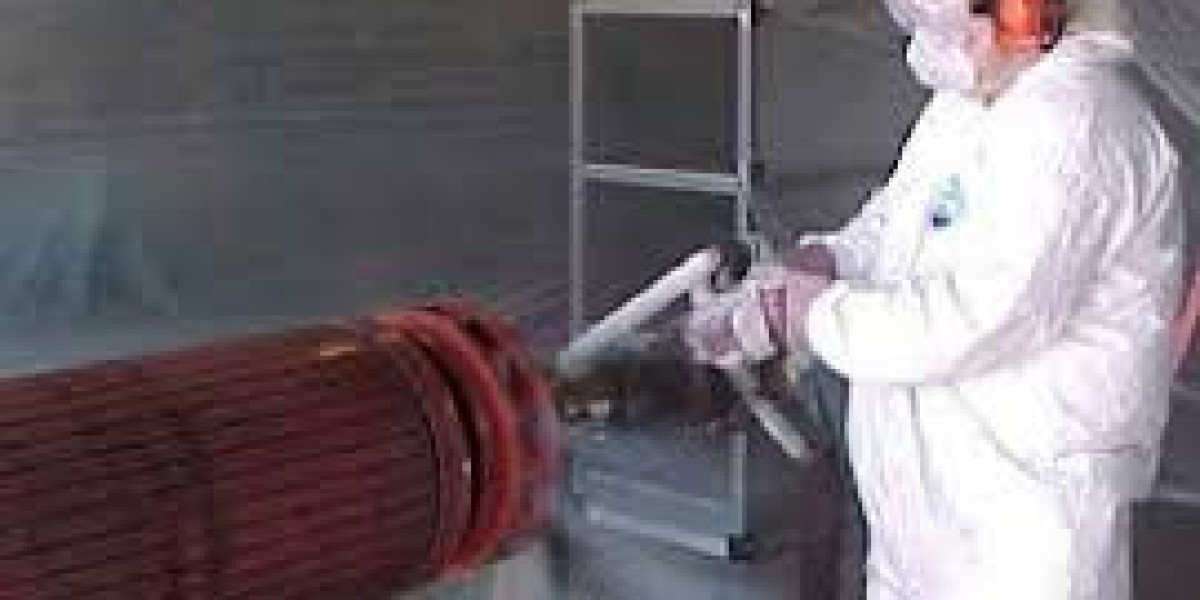Dry Ice Blasting: The Smart Choice for Industrial Cleaning
Overview
Dry ice blasting is a highly efficient and environmentally friendly method for cleaning surfaces in industrial, commercial, and restoration settings. It uses solid carbon dioxide (CO₂) pellets to clean without damaging surfaces or leaving behind waste. As businesses look for safer, cleaner alternatives to traditional methods, dry ice blasting has gained attention as a smart, sustainable choice that delivers strong results.
How It Works
The process of dry ice blasting involves propelling dry ice pellets through a jet of compressed air toward the surface that needs cleaning. These small pellets, often no larger than grains of rice, hit the surface at high speed. The cleaning effect is achieved through three combined actions.
First is the force of the impact, which knocks dirt or unwanted material loose. Second is the freezing temperature of the dry ice, which makes contaminants brittle and easier to break apart. Finally, the dry ice sublimates on contact—transforming directly from a solid to a gas—causing a rapid expansion that helps lift debris away from the surface.
Because dry ice sublimates without becoming liquid, it leaves no secondary waste. This makes cleanup fast and reduces environmental impact.
Industrial and Commercial Applications
Dry ice blasting is used in a variety of industries for both routine maintenance and specialized cleaning tasks.
In the food and beverage industry, hygiene is a top priority. Dry ice blasting is ideal for cleaning production lines, ovens, conveyors, and packaging machinery without the use of water or chemicals. It helps maintain cleanliness while meeting strict regulatory standards, all without requiring full disassembly of equipment.
The automotive industry uses dry ice blasting to remove oils, adhesives, paint, and dirt from engines, tools, molds, and vehicle underbodies. Restoration professionals favor it for removing old coatings while preserving delicate components.
In the electrical and power industries, the technique is especially valuable for cleaning energized equipment such as turbines, transformers, and circuit boards. Because it’s a dry, non-conductive process, there is no risk of short circuits or corrosion.
Printing presses, injection molds, and production tools in manufacturing facilities are also cleaned efficiently with dry ice, reducing downtime and maintaining equipment precision.
Dry ice blasting is even used in historic preservation and disaster recovery. It effectively removes soot, mold, and other contaminants from wood, brick, and metal without causing surface damage.
Advantages of Dry Ice Blasting
There are many reasons companies choose dry ice blasting over other cleaning methods.
It is non-abrasive, which means it will not damage delicate surfaces, electronics, or machinery. Unlike sandblasting or wire brushing, there is no wear and tear on equipment, extending the life of valuable assets.
The process is dry and residue-free. Since the dry ice turns into gas, there is no water to mop up or blast media to sweep away. This simplifies cleanup and reduces disposal costs.
It is safe for the environment and workers. No hazardous solvents or chemicals are needed, and the carbon dioxide used is often reclaimed from industrial processes. That means it doesn't contribute additional CO₂ emissions to the atmosphere.
Dry ice blasting is also highly efficient. Equipment often does not need to be taken apart, which cuts down on cleaning time and reduces labor costs. Facilities can return to operation more quickly, saving time and money.
Safety and Limitations
While dry ice blasting is safer than many traditional cleaning methods, it still requires careful operation.
Direct contact with dry ice can cause cold burns or frostbite, so protective gloves and clothing are necessary. The process also generates noise, so hearing protection is advised.
Since dry ice turns into CO₂ gas, proper ventilation is critical, especially in enclosed or poorly ventilated spaces. CO₂ can displace oxygen in the air, posing a suffocation risk if levels rise too high. Using gas monitors and proper airflow systems can prevent this hazard.
Dry ice blasting is not ideal for removing thick layers of material such as tar or heavy corrosion. In those cases, other methods may need to be used first. Additionally, the cost of equipment and dry ice supply can be higher compared to water-based or chemical cleaning, which may not be practical for smaller businesses.
Conclusion
Dry ice blasting offers a unique combination of power, safety, and cleanliness that is well-suited for today’s industries. Its ability to clean without water, chemicals, or abrasion makes it a reliable and environmentally sound option for a wide range of applications. As industries evolve and prioritize efficiency and sustainability, dry ice blasting stands out as a forward-thinking solution that meets the challenge.







